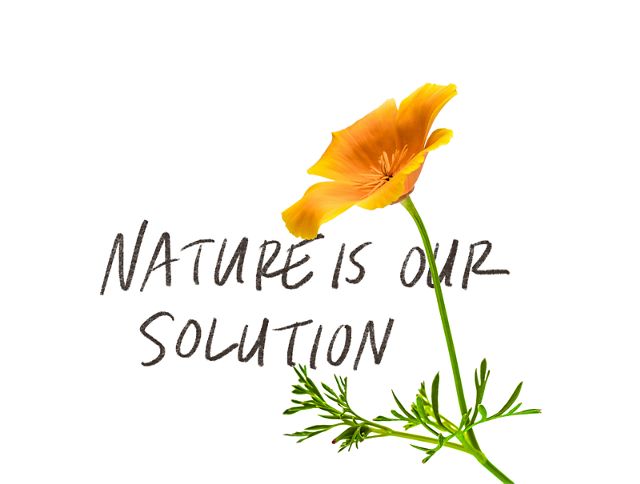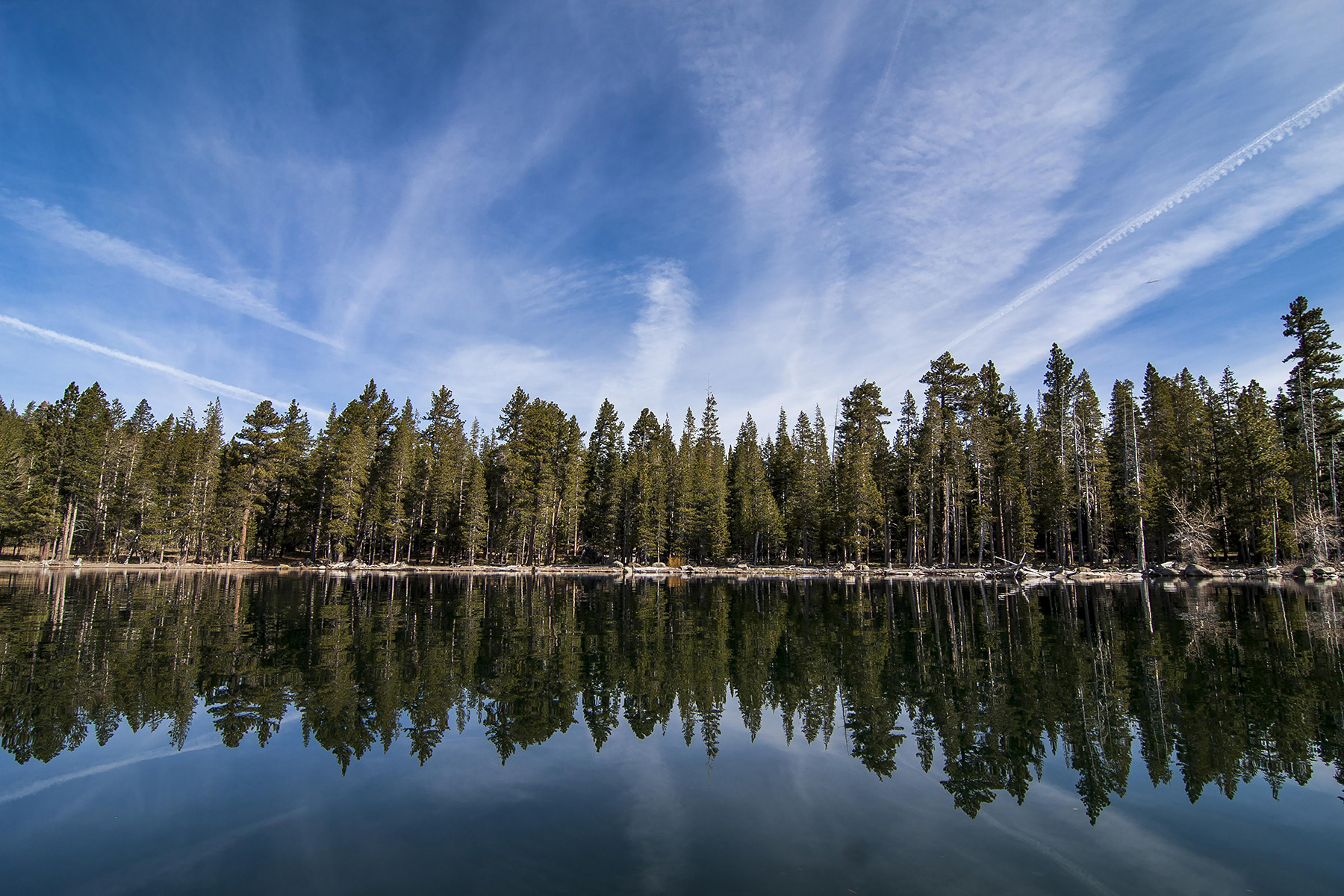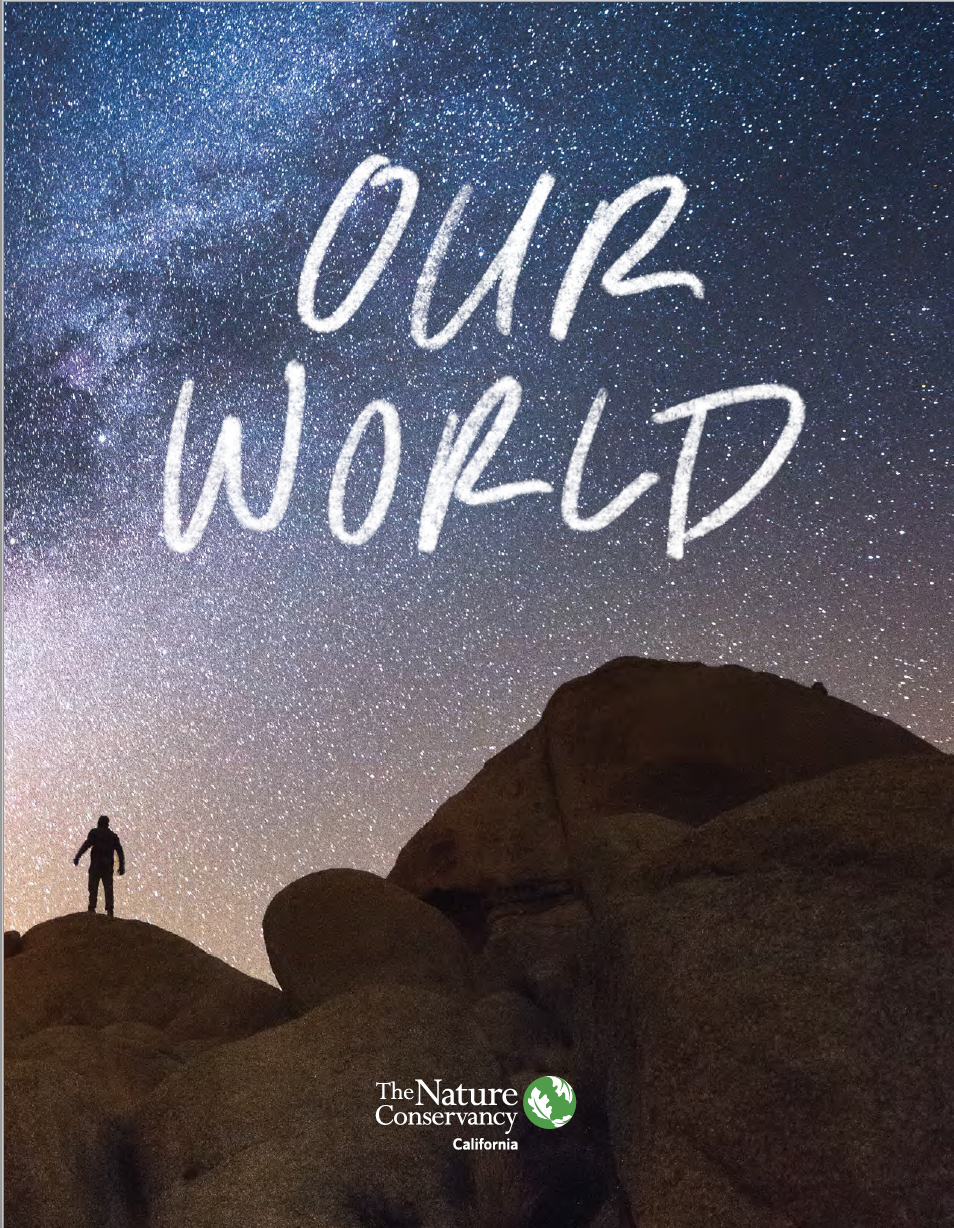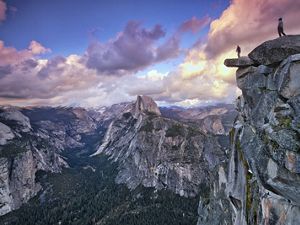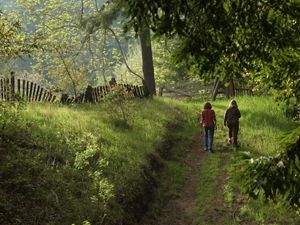In 2013, The Nature Conservancy embarked on a seven-year campaign to elevate conservation on a global scale. In California, our goal was to transform the way fisheries and coastal environments are managed, ensure healthy water supplies for nature and people, protect and restore a resilient network of conservation lands across our state and deliver science and technology breakthroughs for conservation.
Now, in the fall of 2020, the Our World campaign is complete. Your support has exceeded our fundraising goals and all our expectations. Your dedication to TNC’s mission gives us hope for the future as we head into “the determining decade,” the critical window for conservation in the face of climate change.
This retrospective is a celebration of the conservation successes of the Our World campaign. It is also an invitation to join us, with new energy and resolve, on the path ahead.
Quote: Download the Full Retrospective Book
Nature is our solution. By protecting and restoring nature, we can solve humanity's biggest problems.
Our world is changing.
A note from Executive Director Mike Sweeney
From rivers running dry to devastating megafires, the natural systems we rely on are breaking down. We’ve come to an inflection point in human history: allow the status quo to wreak havoc on the environment or change the planet’s trajectory using science and innovation.
You invested in change.
The goal of the Our World campaign was simple: elevate conservation on a global scale and build the foundation for a better world. Over the past seven years, you created a groundswell of support for conservation efforts in California and beyond.
Together, we made transformative gains across our campaign priorities of land, oceans, water, cities and innovation. We built diverse partnerships to restore millions of acres of Sierra forests. We worked with fishing communities to protect hundreds of thousands of acres of ocean habitat. We influenced more than $11.5 billion in public funding for conservation in California, from safe drinking water to urban parks. And this is only the beginning.
In these days of environmental and economic turbulence, your support is essential. This is a critical time for conservation and The Nature Conservancy. Science shows that we have a decade to put our planet on the path to a sustainable future. The work you’ve made possible positions us to tackle the challenges ahead, but we can’t slow down.
Sincerely,
- Mike Sweeney, Executive Director, California Chapter
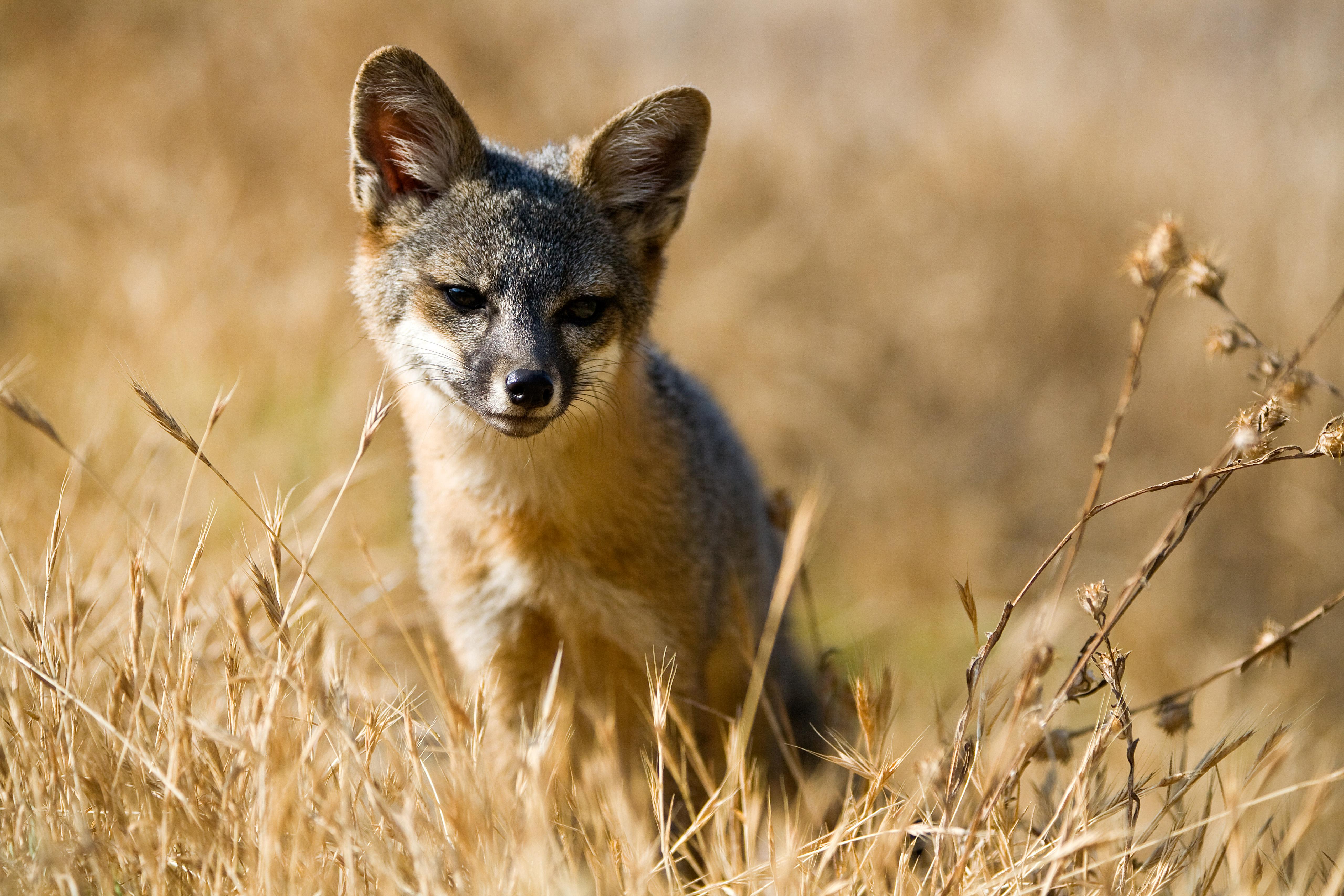
The science is clear.
A note from Director of Conservation Programs Scott A. Morrison
The window is fast closing on our opportunity to avert the worst of the climate and extinction crises that lie ahead. Fortunately, The Nature Conservancy is well-prepared for this moment. Over the decades, we honed our conservation approach as we ratcheted up our ambitions, evolving from an organization that protects important places to one that also solves complex environmental problems.
Our approach? We go to where the problem is. Guided by the principle “nature is our solution,” we bring to the table our science and multidisciplinary expertise to devise conservation solutions to some of humanity’s biggest challenges. In partner-ship with communities and businesses, we test our ideas on the ground and in the water, proving that people and nature can indeed thrive together. Then, with those same partners, we advocate changes to policy and practice so that the conservation we’ve pioneered becomes mainstreamed as the new “business as usual.”
Through this approach, we demonstrated that society doesn’t have to choose between conservation and clean energy development, that collaborative management can rapidly recover collapsing fisheries and help secure the livelihoods of coastal communities and that, together, we can rise to this urgent challenge. A more sustainable, resilient and biodiverse future is possible. And California is one of the best experimental arenas for innovating conservation and leveraging what works to effect change around the world.
Our teams are entering the most important decade of their conservation careers. And the optimism they bring to this work is as inspiring as it is justified. They know that whether they are restoring a muddy streambank, modeling fire dynamics or building a diverse coalition to catalyze policy change, the everyday work they do adds up to far more than the sum of the parts. We invite you to experience this inspiring work in the pages that follow. Collectively, our teams effect systemic change. Collectively, they create the hopeful future The Nature Conservancy’s mission envisions.
Thank you for sharing — and fueling — that optimism.
- Scott A. Morrison, Ph.D., Director of Conservation Programs. The Victor E. Shelford Director of Conservation Science

LAND
TNC has turned the business of protecting land into the business of building a future for California. The Our World campaign helped us complete TNC’s first-ever statewide, climate-ready conservation blueprint as we protected and restored critical landscapes from the McCloud River to the Mojave Desert. With the help of our supporters, we have developed and tested conservation solutions in our own backyard that are now scaling across California and beyond.
The Land Program is working toward three goals
-

Reserve Network
Securing a reserve network across California so species have room to roam and adapt to a changing climate.
-

Restoration
Accelerating the restoration of degraded ecosystems to better support biodiversity and benefit us all.
-

Transforming Preserves
Transforming our preserves and holdings into world-class living laboratories for conservation innovation and management.

Protecting Our Forests from Megafires
California is not California without the Sierra Nevada. This spectacular mountain range sustains us, inspires us and calls us to action. TNC’s successes on the ground and in the policy arena are driving forest restoration at a landscape scale. On the ground, that means ecological forest thinning and prescribed burns to bring our forests back into balance. In the policy arena, it has meant unlocking hundreds of millions of dollars for restoration. We’ve grown our impact significantly over the course of the Our World campaign. But this heartbreaking year of wildfires has shown us how essential it is to pick up the pace. We have a plan to do just that.
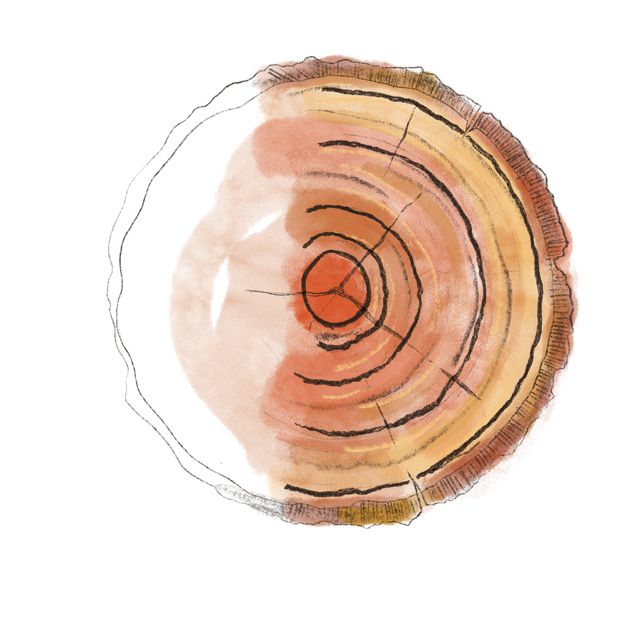
Growing Our Impact
2,300 acres: Independence Lake Preserve
After establishing the preserve in 2010, we launched our first forest restoration efforts on these lands. To protect the lake’s threatened Lahontan cutthroat trout and reduce the risk of high-severity wildfire, we applied ecological thinning and prescribed burning techniques that are now being scaled across the Sierra.
28,000 acres: French Meadows/American River Headwaters
In 2015, TNC brought together state, federal, and local partners-- including the local water utility--for this first-of-its-kind collaboration. The group took the same restoration approach used at Independence Lake and scaled it in a landscape 10-times larger.
275,000 acres: North Yuba River Watershed
Initiated in 2019, this project will be the largest forest restoration of its kind in the Sierra. Using the partnership model we honed at French Meadows, we are working with nine partners to restore one of the most critical watersheds in the region.
2.4 million acres: Tahoe-Central Sierra Initative
Thanks to the scientific credibility and strong partnerships we built up through our work in the Sierra, TNC was invited to work with the U.S. Forest Service to lead the science effort that will guide restoration across the 2.4 million-acre band of forest surrounding Lake Tahoe.
9 million acres: Restoration of Sierra Nevada Forests
The ultimate goal for our Sierra strategy is restoring this core forested area within the 30-million-acre mountain range. The Tahoe-Central Sierra Initiative is already helping us develop a strategic plan for the entire system.
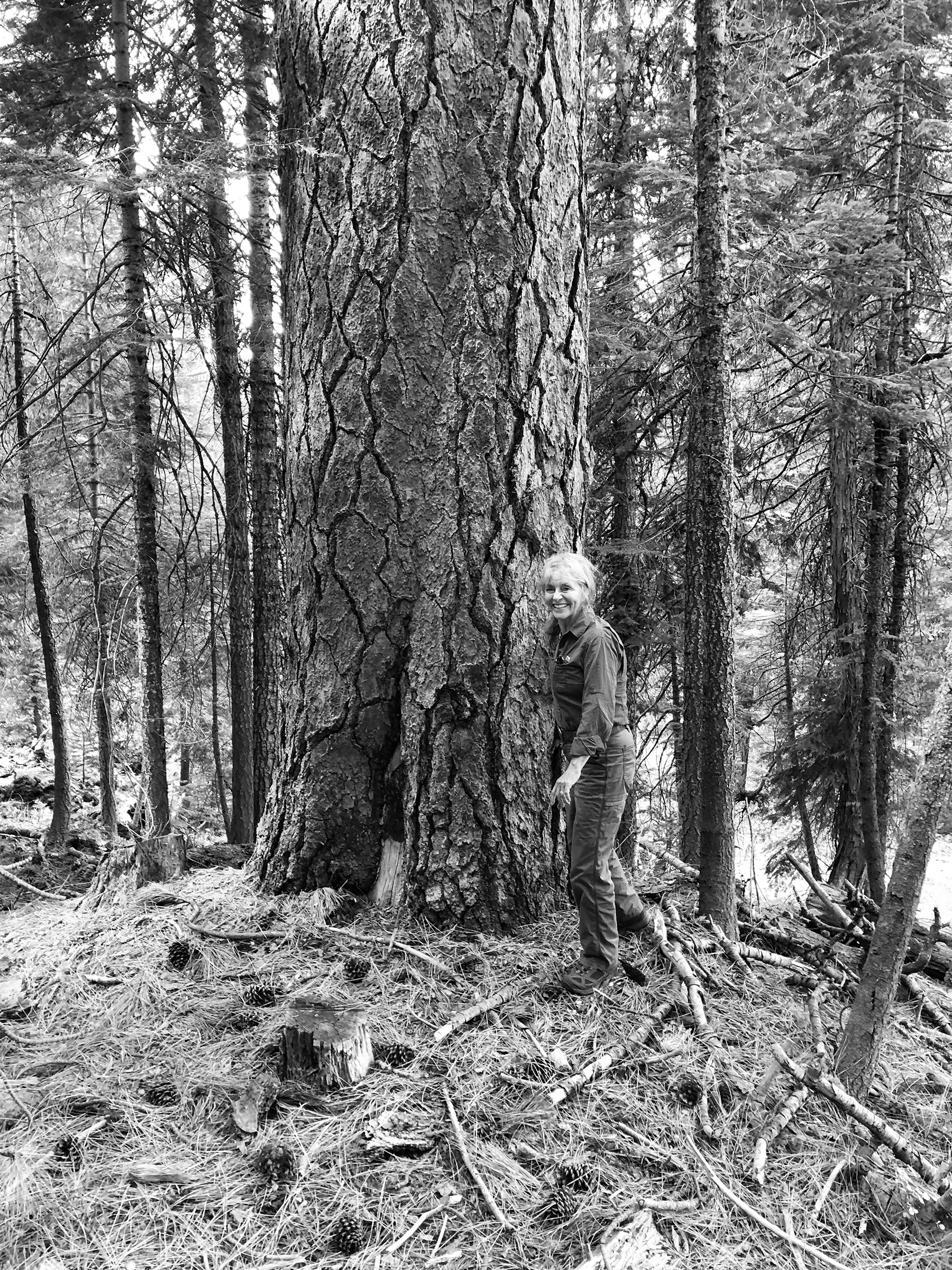
Prevention is Better than a Cure
Marie Davis of Placer County Water Agency on protecting a water supply by preparing for fire
“Ours is a success story that started with a tragedy — and that was the King Fire,” said Marie Davis, a geologist for the Placer County Water Agency (PCWA). “The fire devastated, with unprecedent-ed severity, one of the watersheds that the people of Placer depend on for their water supply.”
Placer County extends from Lake Tahoe nearly to Sacramento. It encompasses more than 200,000 acres of Sierra forest, and its watersheds provide water to millions of people downstream. In 2014, one of the most destructive fires in Sierra Nevada history threatened Placer County’s water by filling reservoirs and streams with eroded sediment and debris. “
All water agencies are peripherally aware of their headwater sources of supply, but they have so much to concentrate on that it’s not often a real focus,” said Davis. “The King Fire woke up our understanding of why we needed to pay attention to the health of our watershed.”
The very next year, Davis found herself seated across a table from TNC Forest Ecologist Edward Smith and TNC California Forests Director David Edelson. A group of local stakeholders and environmental groups had assembled because a local land trust was planning to purchase 10,115 acres in the Middle Fork American River water-shed and add a portion of it to the Granite Chief Wilderness. The “wilderness” designation meant that it would be legally out of reach of almost all fire suppression and forest management efforts.
From PCWA’s perspective, additional wilderness spelled further jeopardy for the county’s water supply.“
There was a little tension in the room,” Davis said. “We were on opposite sides of the table although we had the same concern. But this is where the beauty of The Nature Conservancy blossoms. They’re able to make the connection between local interests who haven’t really found a way to work together. It turned out that a healthy watershed was the intersection on the Venn diagram of all of our different needs. That’s how we figured out we could make a positive difference together.”
That positive difference would become the French Meadows Project, a first-of-its-kind forest health restoration spanning 28,000 acres across public and private land, now in its second year of implementation. The vital importance of this work is becoming increasingly clear. Even in fall 2020, fire still threatens Placer County. TNC and the PCWA formed a coalition of state, federal and local partners to plan, permit and fund this landscape-scale restoration, proving that the needs of people and nature need not be at odds. “
We were strange bedfellows as a partnership, but there was a lot of strength in that. When a leader in the water industry can walk into government rooms with a leader in the environmental industry and say, ‘We agree on this, and this is what we want,’ people listen.”
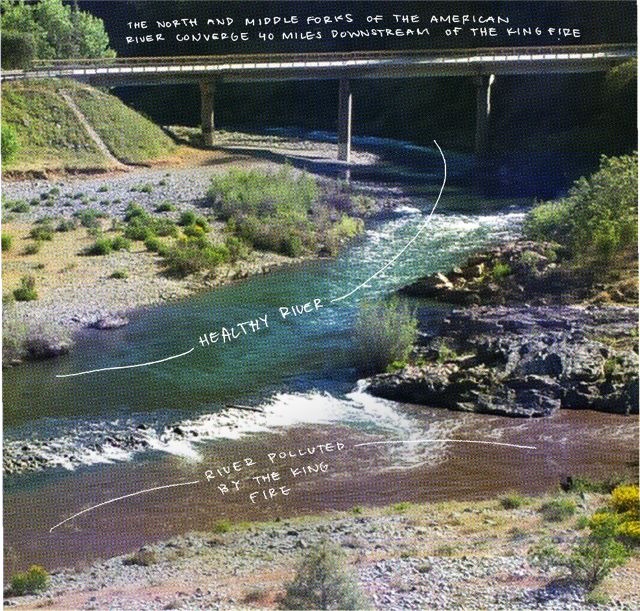
Climate-ready Land Protection
TNC’s work has expanded far beyond our land trust roots, but the process of buying and protecting land is still a critical part of our conservation toolkit. During the Our World campaign, we made a series of land acquisitions designed to prepare California for a future in the face of climate change. As temperatures warm, species will need to migrate farther to find suitable habitat, sea level rise has the potential to reshape our coastline and freshwater will become more precious than ever before. These strategic acquisitions have jump-started our climate work for the decade to come by creating strongholds of climate resilience.
-
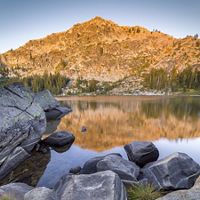
Frog Lake to Carpenter Valley, Northern Sierra Nevada
Between 2017 and 2020, we worked with the Truckee Donner Land Trust and the Northern Sierra Partnership to acquire three pristine Sierra properties totaling 4,240 acres: Frog Lake, Carpenter Valley, and Carpenter Ridge.
-
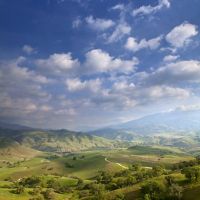
Tehachapi Linkage, Southern California
The Tehachapi Linkage is one of the most essential landscapes for habitat connectivity in California. Located between Bakersfield and Los Angeles, TNC protected a 41,670-acre swat of this rugged area.
-
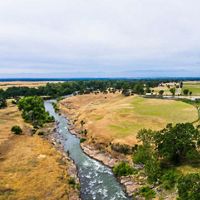
Nobmann Ranch, Lassen Foothills
In 2020, TNC acquired the 462-acre Nobmann Ranch, which abuts our Dye Creek Preserve and connects habitat for the state’s largest migratory deer herd. The acquisition also helps protect Mill Creek, a haven for Chinook salmon and steelhead.
Donor Spotlight: The Sprague Family
Giving back may not be the official motto of the Sprague family, but it’s certainly their way of life. That includes actively supporting one of their greatest sources of joy: nature.

OCEANS
For much of human history, we viewed the ocean as infinite, limitless in its ability to provide for us. Today, we know better. Around the world, a large and growing number of fisheries are overharvested. And human impacts as well as the climate crisis are driving catastrophic loss of marine and island habitats. With the support of our donors, TNC is demonstrating that it is not only possible but practical to reverse patterns of loss, recover threatened species and ecosystems and increase nature’s resilience.
We are focusing on three primary strategies
-

Protecting and Restoring
Protecting and restoring ocean habitats at unprecedented scales.
-
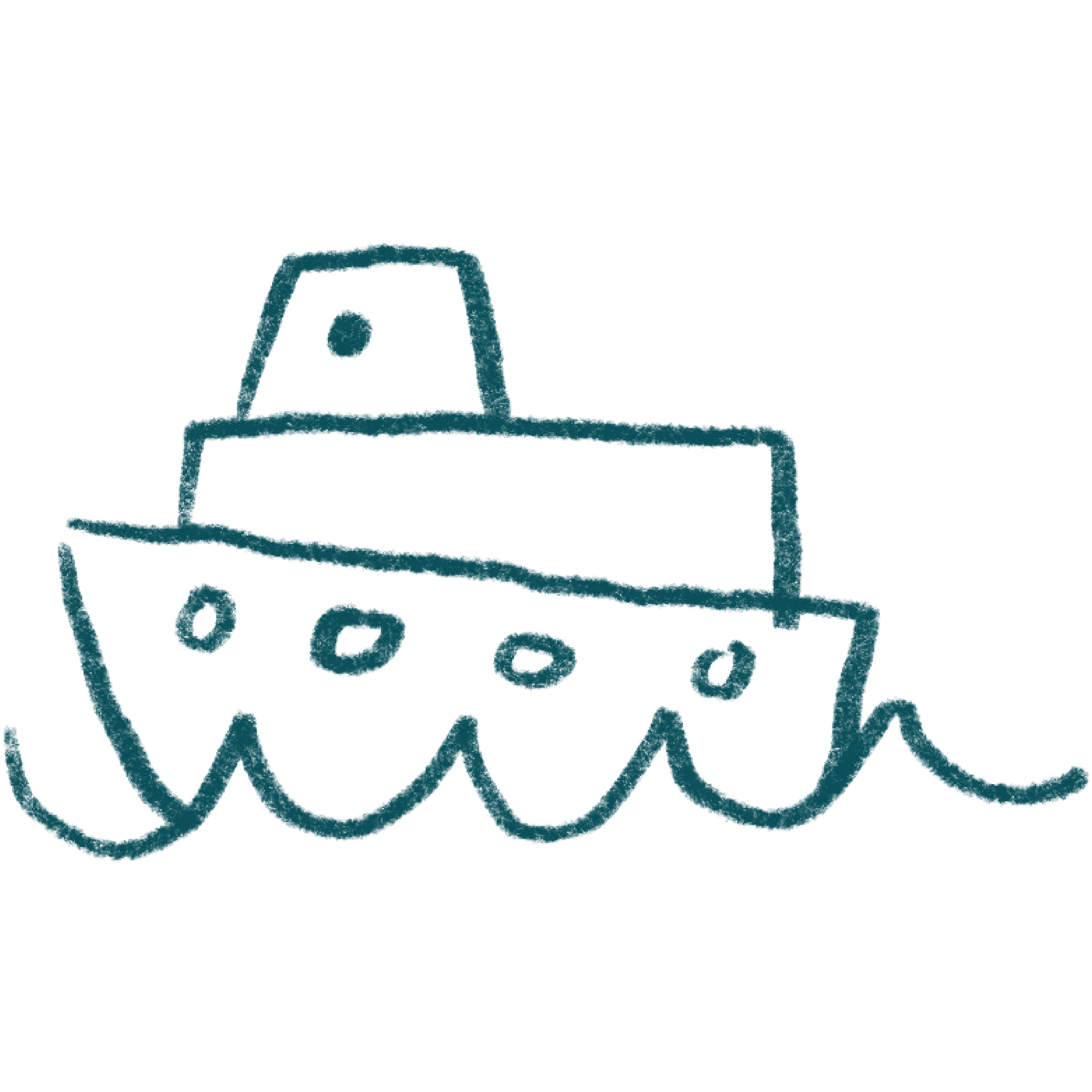
Sustainable Harvesting
Improving the sustainability of fisheries and ocean harvest.
-

Investing in Recovery
Investing in new ways of recovering marine species and ecosystems around the world.
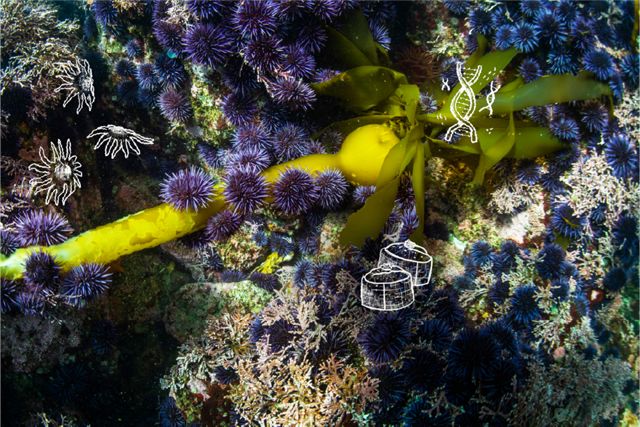
Restoring Our Underwater Forests
California’s kelp forests form the foundation of our state’s coastal ecology. They reduce acidification, stave off coastal erosion and support more than 1,000 marine species. But in the past decade, the North Coast of California lost more than 96% of its bull kelp forests.
WHAT WENT WRONG
A climate-driven warming event gave rise to a deadly disease that wiped out California’s sunflower sea stars. Without a predator to keep the urchin population in check, urchin numbers exploded, mowing down kelp forests across the North Coast. Now, “urchin barrens” stretch out where iconic kelp forests once stood, the equivalent of clearcutting 96% of Sierra forests in less than a decade. This decline is having a serious effect on nearshore habitats, commercial and recreational fisheries and coastal communities and economies.
WHAT WE’RE DOING
Thanks to the Our World campaign, TNC is deploying a suite of innovative approaches to address this crisis and protect and restore our kelp forests. This work is quickly becoming one of the most ambitious ocean conservation efforts in California history — one that will deliver benefits for both people and nature and lead the world in protecting this irreplaceable resource.
Welcome to El Manglito Fishing Community







Helping Whales Swim Free
The No. 1 killer of whales in the world today isn’t hunting; it’s entanglement in fishing gear. In 2014, our California fisheries team noticed a spike in the number of whales getting caught on the ropes and buoys of crab fishing gear. Warming ocean temperatures had shifted not only whales’ migratory patterns but also the timing of Dungeness crab season — a deadly combination for whales.
We moved fast. Together with our partners, our team developed an index of early-warning signs for whale entanglement, ranging from the tem-perature of the water to the location of fishing boats and whales’ food sources. Then we worked with fishermen, state agencies and fisheries managers to track these risks in real time.
Donor Spotlight: Charlene Kabcenell
Conservation is often a long game. It requires that we invest in the future without the promise of a quick return. Trustee Charlene Kabcenell has made this kind of investment over nearly three decades as a TNC donor, and she’s seen impressive results much earlier than expected.

Water
Water is essential for all life. Freshwater ecosystems account for less than 1% of the Earth’s surface yet host 10% of all species. Unfortunately, as human water use has increased, nature has been going thristy. TNC is proving that it’s possible to meet the water needs of both people and nature.
Our Water Program is focused on three areas
-

Healthy Rivers
Restoring rivers and protecting the biodiversity and communities that rely on them.
-

Thriving Birds and Wetlands
Securing habitat for migratory birds on the Pacific Flyway.
-

Sustainable Water Supply
Balancing water demands and refilling underground reservoirs.

A Messy Home is a Happy Home!
Did you know that salmon love a messy home? At least their homes look like messy piles of branches and logs to a human. Young salmon need “woody debris” like downed trees and branches, which create protected pools of cool water where they can rest and feed.
At Ten Mile River, one of California’s last coastal watersheds that sustains coho salmon, TNC has engineered log jams and planted willows to make salmon feel at home. With support from our generous donors and the California Department of Fish and Wildlife, we completed eight of the 20 planned habitat enhancements on the South Fork Ten Mile River. Next summer, we’ll start on five more of the 15 projects planned on the main stem of the river. Because the main stem is twice as big as the South Fork, these structures will be a significant step up in our game.
Water Policy Wins for Nature


Donor Spotlight: Sally Liu
“I’ve always been involved in the environmental world,” said Sally Liu, a scientist with TNC’s California Water Program. Liu came to conservation after 18 years at Tetra Tech, an environmental consulting and engineering firm. “The mission of protecting biodiversity, open space and habitat is something that strikes you at your core: your heart.”

Cities
Nature makes us happier and healthier. It cleans our water and our air, it protects our communities from natural disasters and it inspires awe. With your support, the California Cities Program demonstrated that the addition of nature into urban environments can elevate quality of life and protect habitats and wildlife. Now we’re finding innovative ways to incorporate nature into cities and communities, new and old.
We are advancing two overarching city strategies
-

Integrative Approaches
We design integrative approaches to new development that protect ecologically important lands and waters.
-

Restoring Nature
We transform existing urban areas and infrastructure by restoring and reintroducing nature.
Quote: Read about Power of Place: A TNC study
California is preparing to develop more renewable energy than ever before, but the location of that infrastructure is just as important as the carbon it saves.
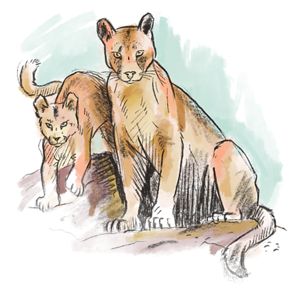
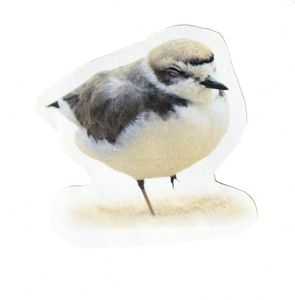

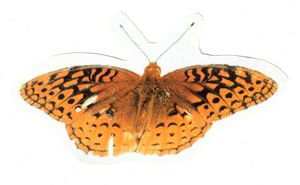
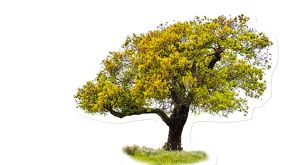
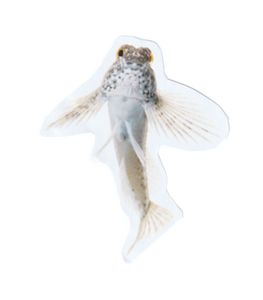





Mountain Lion: A single mountain lion’s territory can range up to 150 square miles. But despite the enormous size, lions learn their territory in extreme detail. © Ion Illustration

Snowy Plover: In California, snowy plovers can be found in all seasons. They nest in our state’s sandy beaches. © Dillon Blue at Big Monocle

Ringtail: The ringtail (or miner’s cat) is not actually a cat but a highly reclusive member of the raccoon family. © Marty Cordan

Comstock Fritillary Butterfly: Comstock’s fritillary butterflies live on native California violets and can be found from the Los Angeles Basin to the San Francisco Bay Area. © David Liittschwager

Coast Live Oak: With their twisting branches and trunk hollows, these oaks provide all kinds of nooks where wildlife can build their homes. © Dillon Blue at Big Monocle.

Woolly Sculpin: Though the woolly sculpin spends most of its time in the intertidal zone, it can survive out of water for up to 24 hours. © Dillon Blue at Big Monocle

Black Bear: Black bears are able to live in varied climates across California. Despite their name, their fur has a variety of colors. © Dillon Blue at Big Monocle

Opalescent Nudibranch: Named for its “bare gills,” the nudibranch is a predator that eats sea anemones. © Dillon Blue at Big Monocle

Southern Alligator Lizard: A voracious feeder, this lizard will eat insects, spiders, scorpions, slugs, small mammals, bird eggs and nestlings. © Dillon Blue at Big Monocle

Blue-Eyed Grass: Blue-eyed grass flowers are open from March through May. © Dillon Blue at Big Monocle
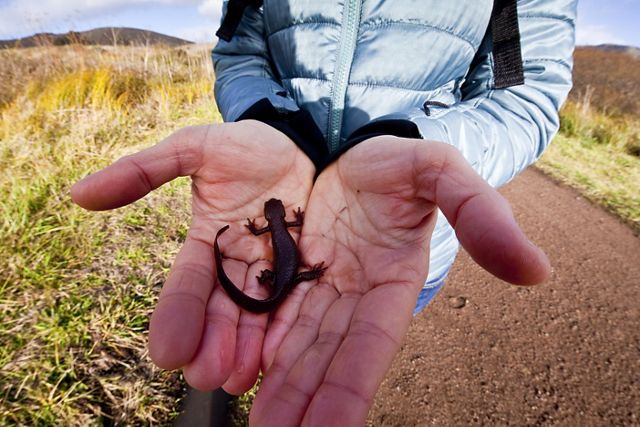
Donor Spotlight
S.D. Bechtel Jr. Foundation
“We want to make conservation part of everybody’s business,” said Gary Knoblock, senior program officer for the S.D. Bechtel Jr. Foundation. “That’s something that we share with TNC. We’re both looking for inventive approaches to catalyze large-scale, statewide conservation.”
This strategy threads through the many projects that the two organizations have partnered on — from engaging farmers to create bird habitat in the Central Valley to designing tools that allow urban planners to protect nature surrounding growing cities. The Bechtel Foundation has been an essential supporter and thought-partner in many of TNC’s most innovative projects in California, like the BirdReturns Program and the Bay Area greenprint.

Innovation

Marketlab
Since we started the Our World campaign seven years ago, the impacts of climate change have intensified. MarketLab taps the potential of markets to align economic and environmental interests so that we can protect nature on a global scale. We’ve made the business case for conservation by illustrating the savings to solar developers when they site projects on desert lands with low biodiversity. We’ve designed market interventions, paying farmers to create bird habitat in the Sacramento Valley and launching the first groundwater market that restores aquifers while preserving both agriculture and the South Coast’s last remaining wetlands. And we’ve brought private capital to the table with low-interest loans and a new Acquisition Catalyst Fund that enable us to move faster and leverage our grant funding to protect more land.
- Sarah Heard, Director of Conservation Economics and Finance

Technology
Technology has continued to evolve rapidly since the Our World campaign began in 2013. Devices get smaller and more capable; instead of impenetrable piles of data, artificial intelligence is turning information into rapid insights. These advances also benefit our conservation work. Since 2013, we’ve harnessed technology such as eDNA, acoustic monitoring, drones and satellites to collect conservation data in novel ways that save time and money. We worked hard to mimic some of the best innovation practices from the technology sector to ensure that our work is lean and impactful. We created a new whale-tracking device to mitigate the risk of entanglements. Our wildlife cameras send real-time data to the cloud for monitoring critical habitat, and satellites monitor TNC properties and habitats at a larger scale than ever before. It’s been an incredible journey, and I’m grateful to have the best job in the world, putting technology to its highest and best use to solve big environmental problems.
- Matt Merrifield, Chief Technology Officer

Science
It starts with science. Conservation problem-solving requires science. Our applied science team drives the research we need to prioritize the most important places to work and determines how to intervene to make those systems more resilient. Our scientists then disseminate their findings in peer-reviewed journals to advance the science and practice of conservation. That body of work is providing the evidence that people and nature can indeed thrive together, and it equips our practitioners and partners with the tools they need to make conservation solutions a reality and to craft policies that put society on a more sustainable path.
- Scott A. Morrison, Ph.D., Director of Conservation Programs. The Victor E. Shelford Director of Conservation Science
Quote
Together we are making history

A note from the Our World campaign co-chairs
Seven years ago, TNC launched an ambitious fundraising campaign to achieve a new vision for the planet — one in which people and nature thrive together. We set out to create a future where conservation and human progress are one and the same, a future where farmers grow habitat as well as crops, where managing a fishery means restoring the ocean and where people put sustainable solutions into practice every day.
As trustees of the California Chapter and co-chairs of the Our World campaign, we are proud to see the incredible generosity of our closest supporters. Thanks to your giving, this campaign surpassed all expectations, but nature needs us now more than ever.
We live in unprecedented times. When things seem hopeless, TNC’s tireless work toward a better world inspires us. It has been thrilling to help prove just how much is possible when we bring together diverse partners and lead with science.
As we look back on this success, we are also looking ahead. This year has shown the world how essential it is to take care of nature so that nature can take care of us. Together, we have helped TNC lay the foundation to tackle the challenges of the decade ahead.
Join us. Our work continues.
- Angela Nomellini, Marie Chandoha, Alan Lacy
Campaign Co-Chairs and California Trustees
Make a Difference in California
Together, we can achieve transformative change on a scale that’s attainable—for California, and for the world.

